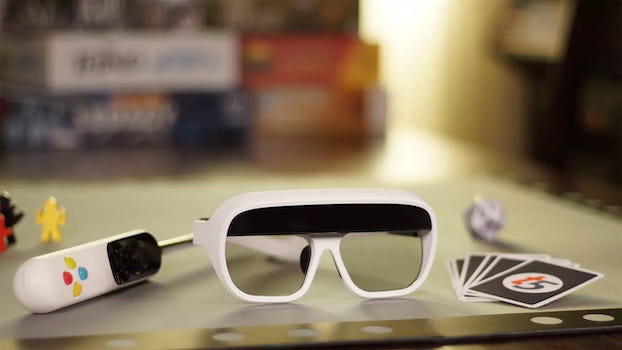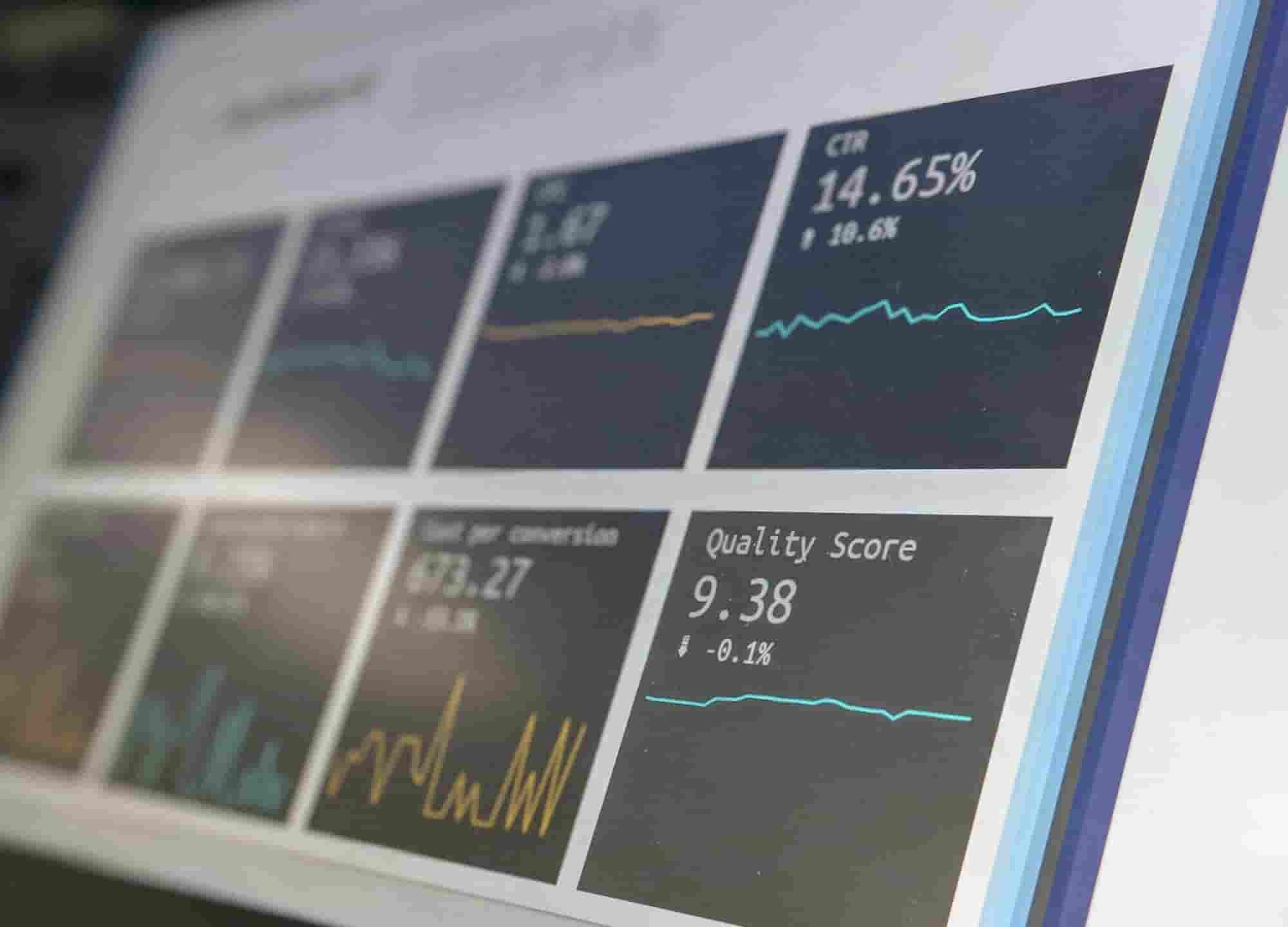See our latest reports.
You’ve attempted to preview an older report. We don’t publicly preview such reports, but the full report archive remains available to ARtillery PRO subscribers (log in here).
Meanwhile, browse and preview our library of newer reports here. Get spatial smart!
Gain access to the entire intelligence vault.
For those working in #XR and others looking to educate yourselves on this industry ditch the Wave reports and Hype Cycles and opt for a specialist industry analyst firm. Michael Boland’s team at ARtillery Intelligence delivers original, relevant and well prepped/delivered insights and data analytics on the market trends that matter across the extended reality ecosystem.









